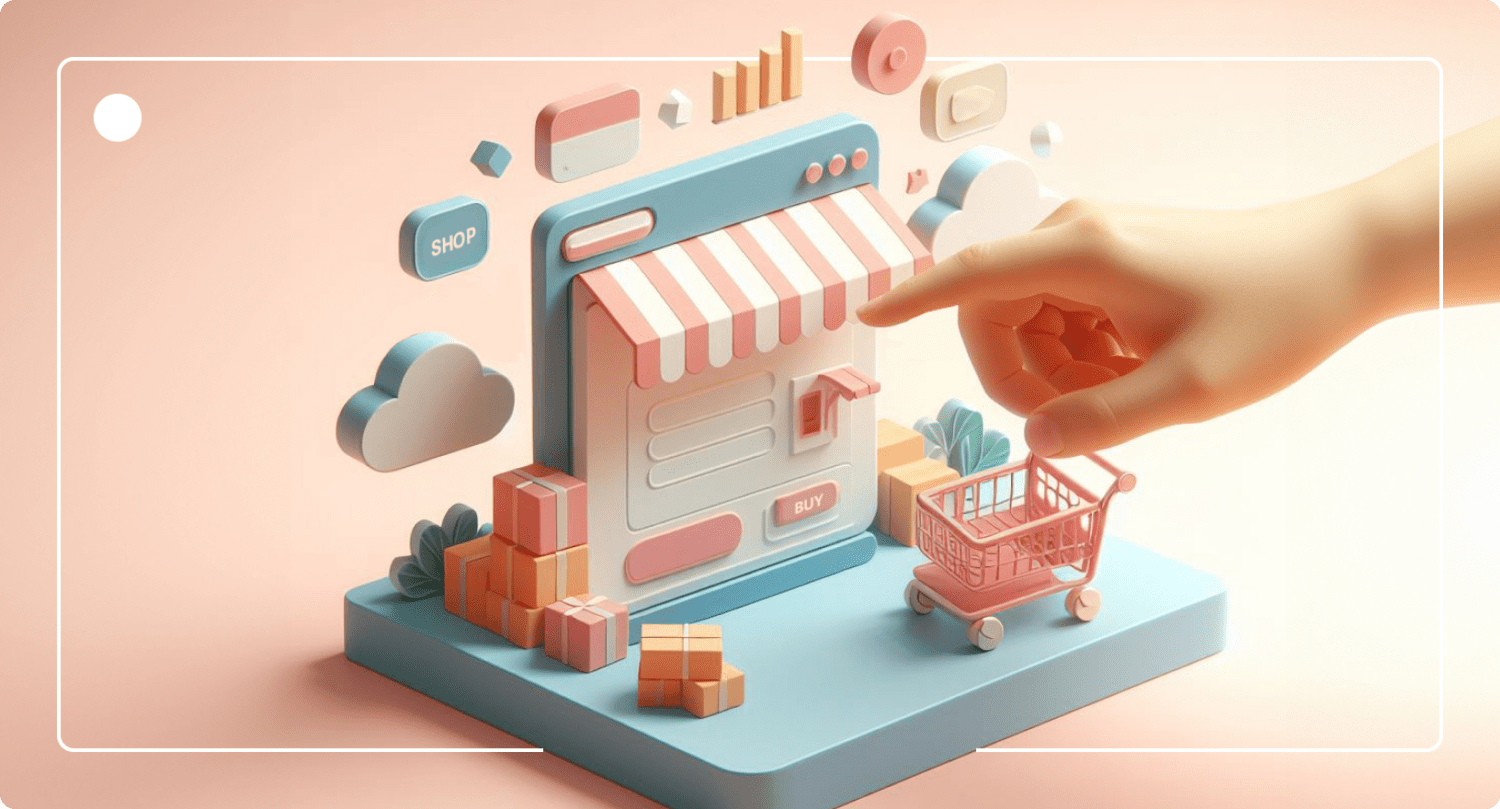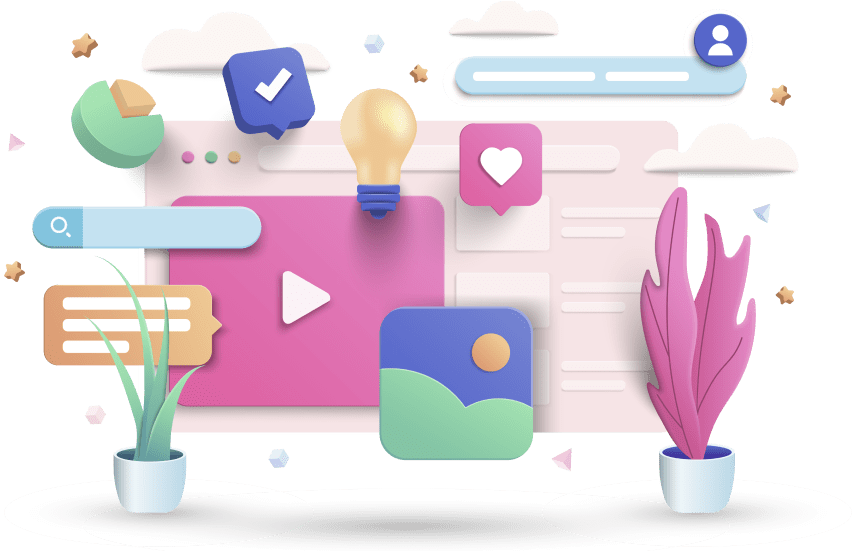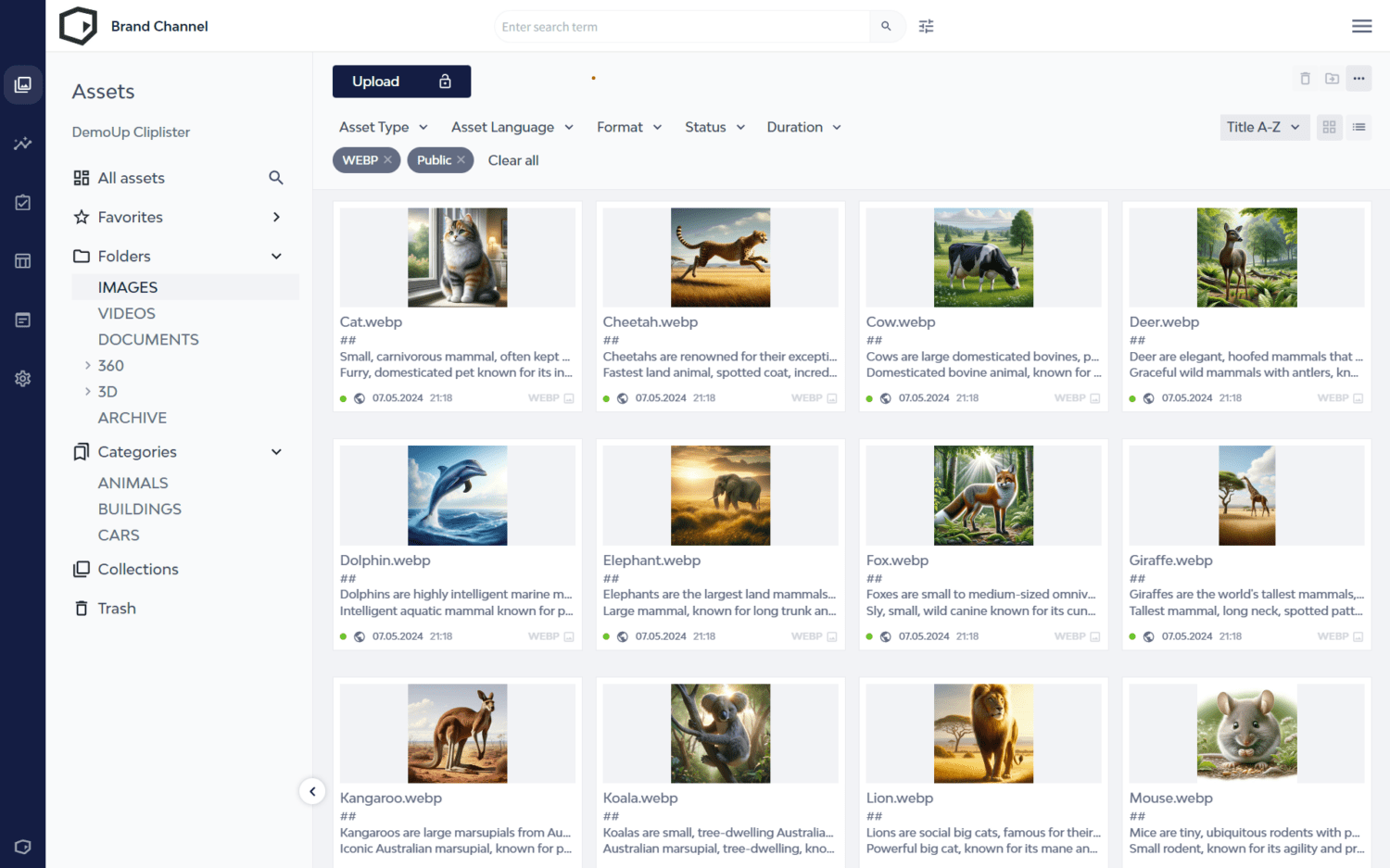Product Experience – What is PX in E-Commerce, and Why is it So Important?
Industry Insights
Updated on February 14, 2025
If you work for a brand, you know just how much effort goes into every detail of what you sell.
Your product teams ensure everything is built to the highest standard, your marketing team spends hours making sure product videos are of the highest quality, and your sales teams spend hours ensuring it’s delivered to retail partners on time.
So how do you know your customers have the best possible interactions with them?
By considering Product experience (PX) as a customer’s full journey with a product.
It’s a subset of user experience but more encompassing. It’s the complete interaction with the product, from the first time someone learns about it, to opening the box, to using it.
Understanding Product Experience (PX)
The concept of product experience has been a topic for a long time. From the first time Sony debuted the Walkman, they released several iterations – each an improvement over the last. With better ads, descriptions, packaging, and a better user experience.
Global giants like Apple and Adidas use product experience optimisation as the secret sauce to creating a beloved brand. Beyond their financial success, they’ve cultivated a fiercely loyal customer base, ready to pay a premium for their products over similar, cheaper alternatives.

These companies have mastered the art of selling experiences, not just products. While much of this strategy unfolds outside product experience—think branding strategies, paid ads, and so on—the product forms the ultimate connection with the customer.
Otherwise, the entire strategy crumbles and product adoption tanks.
But this concept isn’t exclusive to industry titans. Businesses of all sizes and sectors can—and should—consider product experience as a core part of their strategy.
Product Experience vs Customer Experience
If product experience is product-centric, customer experience (CX) is, well, customer-centric. From a customer’s first encounter with your brand through to customer support, CX centres on all customer touchpoints throughout the buying process.
Your customer experience is as unique as your brand. It’s the personal journey your business creates for its customers as they go from shoppers to buyers.
A study by P&G on Customer Experience Management (CXM) revealed that customers were more satisfied when they could fully engage with the products.
The satisfaction level was directly linked to how well they used a product. The more use cases a product or service serves, the more valuable it becomes. This perceived value is what drives adoption and creates new users and brand advocates.
Product experience management (PXM), on the other hand, differs from CXM because it’s more focused on product interactions.
So how can you make sure your PXM efforts are effective?
By considering user expectations throughout, building your products around them, and reducing the number of potential friction points people may encounter with typical user behaviour.
Why does Product Experience Matter?
An intuitive product experience is crucial. As competition grows throughout all verticals, a subpar product experience can deter users or result in existing customers suffering from buyer’s remorse.
Conversely, a positive product experience can boost usage, foster loyalty, and enhance net promoter scores.
Many products forego formal training or onboarding in their sales and adoption cycle. In eCommerce, most products contain an instruction manual or, at best, a tutorial video.
DemoUp Cliplister
The Best Product Experiences in E-Commerce
Content Creation
Create content customers want using years of data and insights.
Digital Asset Management
Store, manage, organise and publish digital assets at scale.
Content Syndication
Distribute content to the point of sale at 450+ leading online retailers
As a result, you, as a user, are expected to dive in and learn on the fly.
It makes it essential for the product to be clear, easily discoverable and well-labelled. Assistance and support should also be readily available within the product itself.
If you consider the product experience as your north star throughout product development, more customers will perceive value, which increases revenue, which increases word of mouth, which increases revenue again, and – well you get the picture.
Elements of a Great Product Experience
Creating a remarkable product experience involves focusing on several key elements.
Usability and Functionality
Usability is the cornerstone of a great product experience. Usability refers to how easily people who purchase products can perform their desired actions.
The product should effectively address your target market’s needs and pain points. Features should be clear, practical, and enjoyable to use. Products must perform their intended functions well and offer additional uses that increase perceived value.
Design
An intuitive and user-friendly design enhances the overall product experience. How your product is finished (think edges, materials, and tactile feel) should align with user expectations. This also includes visually appealing design elements and things that make your products unique.
For instance, you know you are using an Apple phone not because of the logo, but because of the texture of the glass, the shape of the phone, and Apple’s unique operating system.

Customer Service
Exceptional customer service is crucial in creating a positive product experience. It involves promptly resolving issues, answering queries, and providing support when needed. Good customer service can improve satisfaction and make customers feel valued.
Emotional Connection
Product experiences should evoke positive emotions and perceptions. This connection builds loyalty and increases user engagement. This involves creating a product people enjoy using, making their lives easier and that makes them feel optimistic.
Product Support
Help and support should be readily available after people purchase a product. Product support includes providing answers to customer questions, helping users with problems, and even going above and beyond to facilitate returns from unhappy customers.
Remember, these elements are not standalone. They work together to create a holistic and satisfying product experience. Whether you’re a giant corporation or a small startup, focusing on these elements can help drive customer satisfaction and loyalty.

How to Enhance Product Experience in E-Commerce
Reflecting on our discussion, we’ve established that:
- Product experiences significantly influence our online purchasing choices.
- Content, especially visuals, fuel many of these experiences, and
- Their significance is set to escalate.
So, how can your brand deliver an enriching product experience for customer success?
Here are some examples:
Optimise Product Information
Product information is crucial for optimising the buying journey and is also a huge part of the product experience. Here are some strategies to consider:
- Usability: Make sure your product information is easy to understand and use. This includes clear product descriptions, accurate pricing, and easily accessible call-to-action buttons.
- Quality: Product information is accurate, complete, timely, and consistent. It should provide a comprehensive overview of your product, including a new feature, benefits, and usage.
- Visuals: To make your product stand out, display it using top-notch images and videos. Visuals can significantly enhance the user’s understanding of your product and its features.
- Customer Reviews: Include customer reviews to build trust and credibility. Insights into user satisfaction and product performance can be obtained through reviews.
- Product Improvements: Product information optimisation should be an ongoing process. Regularly update your product information to ensure it remains relevant and accurate.
Remember, an optimised product information management process creates a personalised shopping experience, increases customer confidence in your brand, and drives sales.
Leverage High-Quality Visuals and Media
Harnessing the power of high-quality visuals and media is a game-changer in creating an engaging product experience. Here are some strategies to consider:
Eye-Catching Appeal
High-quality visuals immediately grab attention and create a positive impact. They attract and engage customers, increasing the likelihood of conversion.
Enhanced Product Understanding
When presented with clear and detailed product images, customers can make better-informed purchase decisions. The images should provide a comprehensive view of the product’s features, functionality, and aesthetics, helping customers better understand the product’s offerings.
Trust and Credibility
High-quality product images build trust and credibility. They inspire trust and assurance in your customers by demonstrating your dedication to providing excellence and maintaining high standards.
Emotional Connection
The use of images has the power to elicit emotions and establish a rapport with customers. When superior-quality visuals are used, they can generate positive feelings such as want, enthusiasm, or belief, which can sway customers’ purchasing choices and boost conversions.

Mobile Optimisation
Optimising images for mobile users is essential in today’s mobile-driven world. High-quality, visually appealing images optimised for mobile devices ensure a seamless user experience.
Social Sharing
Certain types of videos, like review videos, are more likely to be shared on social media marketing channels, expanding your brand’s exposure. Customers encountering these informative videos are eager to share them with their networks.
To leverage the power of review videos, businesses should use high-quality visuals, incorporate different angles, showcase products in action, utilise 3D models and embrace augmented reality. By implementing specific strategies effectively, companies can drive success and improve conversions.
Utilise Technology and Tools
Embracing technology and tools can significantly enhance your product experience. Here are some tactics to employ:
- Communication: Technology can enhance communication between your business and your customers. Automated messages, for instance, can keep customers informed and improve their overall experience.
- Coordination and Collaboration: Technology can help coordinate information flow between various units or business functions. This coordination presents a well-organised entity focused on the customer.
- Data Gathering and Analysis: Technologies like AI can gather data on user behaviour. This data can provide insights into customer needs and preferences when accurately analysed.
- Supplement Successful Processes: Use technology as a force multiplier for successful processes. It can scale your positive customer experience exponentially.
Technology and tools are used to create a personalised shopping experience, increase customer confidence in your brand, and drive sales.
Build a Successful PX Strategy with DemoUp Cliplister
Crafting a successful product experience strategy is an art, and DemoUp Cliplister can help. You can make use of its features in the following ways:
Holistic User-Centric Approach
DemoUp Cliplister believes in a holistic, user-centric approach. It’s not just about creating a visually appealing product page but about designing a complete journey around the customer.
Every interaction matters, from when potential customers interact with your brand to when they purchase. This approach all but ensures your customers succeed, which builds loyalty beyond the initial purchase.
Mastering Digital Asset Management
Digital assets are the backbone of the online product experience. With DemoUp Cliplister, you can ensure that your content is accurate, comprehensive, and contextually relevant. This facilitates helping your customers make informed decisions and establish trust in your brand.

Harnessing the Power of Product Content
In today’s digital age, static images and text aren’t enough. Customer expectations are for dynamic, engaging content.
DemoUp Cliplister provides several tools and services you can use to bring your products to life. Here is a breakdown of how we help brands manage and optimise every product experience:
- Content Creation Services
- Content Management Software
- Content Distribution Platform
Embracing Continuous Improvement
The e-commerce landscape is constantly evolving, and so should your product experience strategy. DemoUp Cliplister provides the tools to monitor product analytics.
By tracking key performance indicators (KPIs) and customer feedback, you can continuously refine your strategy to meet your entire customer journey.
Frequently Asked Questions
Still not sure how product experience fits into your overall e-commerce strategy? Read through our product experience FAQs.
For more e-commerce tips and tricks, visit the blog.
For more information about DemoUp Cliplister’s products and services, visit the homepage.
Product experience (PX) refers to all users’ interactions with a product, from discovery to adoption and beyond. A smooth product experience is achieved by creating products with value, optimising peripherals like packaging and design, and providing advanced product support.
Product teams are responsible for creating a great product experience. These product teams usually comprise product manager, designers, and engineers who work together to ensure the product is easy to use, functional, and enjoyable. They focus on understanding user behaviour, conducting usability studies, and gathering user feedback for continuous improvement.
Product experience is crucial because it bridges the gap between the customer journey and the product, strengthening that connection. A good product experience increases usage, builds advocacy, increases the customer’s lifetime value (LTV), and improves customer retention.
Managing the Product Experience involves using Product Experience Management (PXM) tools to optimize interactions and ensure product accuracy, while also creating high-quality content like review videos and 3D models.
Great examples of Product Experience in eCommerce include:
- Amazon: Exceptional customer service and personalized recommendations.
- ASOS: Virtual try-ons and detailed product descriptions.
- Nike: Customized products and engaging storytelling.
- Warby Parker: Home try-on programs and seamless shopping experience.
- IKEA: Augmented reality for room design and clear assembly instructions.
Better Content. More Sales.

Fill out the form to discover our end-to-end eCommerce content solutions for brands & shops




